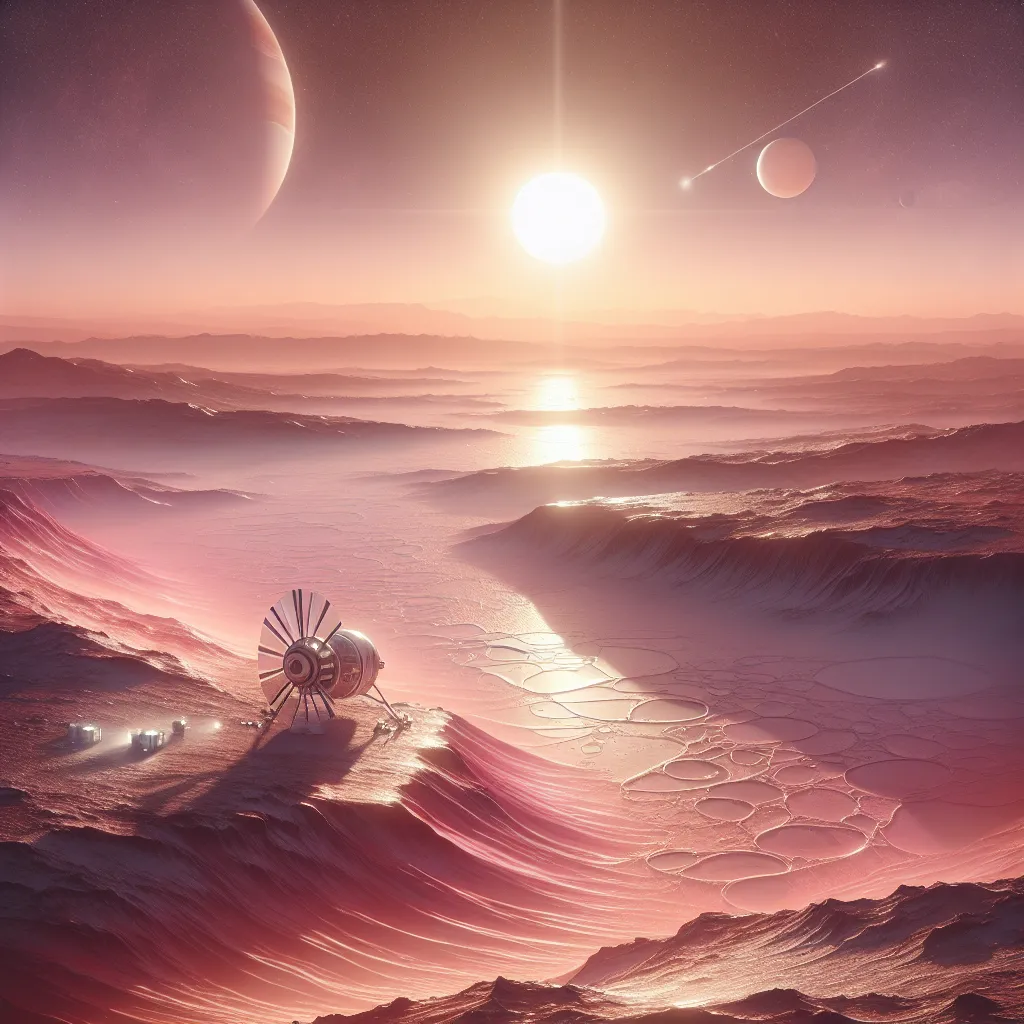Space exploration invigorates our quest for knowledge and adventure, and nowhere is that more evident than in NASA’s Phoenix Lander Mission, which uncovered frozen water on Mars. This discovery fueled our curiosity about extraterrestrial life, suggesting Mars might have once been hospitable to life. As we’ve charted our planetary neighbors—Mercury, Venus, and Mars—each journey has brought new insights about our own world and the universe.
About 4.6 billion years ago, our solar system began as a massive cloud of gas and dust, which, under gravity’s power, flattened into a rotating disk. The sun formed at its center, while grains of dust and gas coalesced into planets, resulting in the four rocky bodies we know today: Mercury, Venus, Earth, and Mars. These terrestrial planets, despite their similar beginnings, have evolved uniquely, and by studying them, we learn more about our own planet’s history.
Venus, our closest planetary neighbor, once stirred imaginations with its cloudy veil and potential for alien swamps. However, missions like Mariner 2, Venera, and Magellan revealed a hostile environment with crushing clouds of carbon dioxide and a surface hot enough to melt lead. The planet’s thick atmosphere and volcanic activity have created an inhospitable world but have also emphasized the importance of understanding Earth’s own vulnerabilities and atmospheric changes.
Similarly, Mercury, the smallest planet and closest to the Sun, poses extreme challenges. Its temperate extremes and lack of atmosphere shape its surface. Mariner 10’s pioneering use of gravitational slingshot maneuvers and Messenger’s decade-spanning mission revealed a planet shrinking as it cools, offering clues about solar system formation.
Mars, holding a special allure, has been the object of fascination and exploration since early telescopic observations suggested its surface might hold canals, potentially built by intelligent life. Missions from Mariner 4, Viking Landers, to the more recent Rovers—Spirit, Opportunity, and Curiosity—have painted a vivid picture of a planet once rich in liquid water. These findings bolster our quest to find life beyond Earth, as water is a critical ingredient for life as we know it.
As we push further, the Mars Reconnaissance Orbiter has scanned the planet with unparalleled detail, assisting future missions in locating water and creating topographical maps. Phoenix’s discovery of Martian ice reaffirms the planet’s wet past, hinting at life-supporting conditions long ago. Even with these advanced probes, our quest continues, with tantalizing hints of methane—possibly signaling microbial life.
Our exploration efforts are far from over, with advanced missions like the Parker Solar Probe aiming to comprehend solar dynamics and their impacts on nearby planets, including Earth. Understanding the Sun is crucial, as its flares and solar winds influence all planets’ environments.
Human missions to Mars represent not just a technological frontier but a philosophical one. The challenges are immense, requiring sophisticated life-support systems, habitats, and sustainable in-situ resource utilizations like extracting water from Martian ice. Radiation protection remains a significant concern, demanding deeper underground living spaces.
Future Human explorations necessitate careful ethical considerations about our impact on alien worlds, fostering a respectful and cautious approach. Our instinct to explore, driven by curiosity and the desire to understand, fuels our expansion into the universe, ever pushing the boundaries of what’s known.
In our relentless pursuit of exploration, each mission not only uncovers secrets of other worlds but deepens our understanding of our own, highlighting the shared history and potential future paths of our celestial neighborhood.






